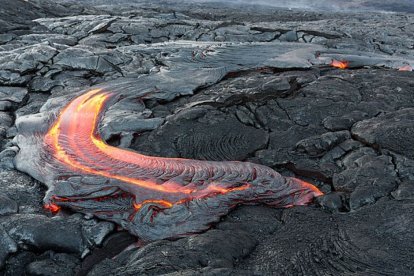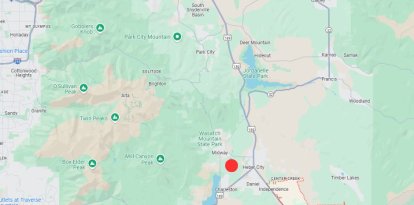Code red in Hawaii due to Kilauea volcano eruption
Authorities have raised the alert to "warning" because of the level of lava and the risks involved.

Kilauea volcano / Wikimedia Commons.
The Hawaiian Volcano Observatory warned Thursday of volcanic activity at Kilauea volcano after they detected a glow coming from the ground vent. However, the level of lava led the institution to elevate the status of the volcano and continue observing for any changes.
According to the observatory, the crater eruption began to become evident shortly after 4:30 p.m. Later that evening, a smog began to develop, and it was noted that some eruptions had reached "more than 150 feet in the air."
Although the magma is still contained, the United States Geological Survey (USGS) has decided to raise the volcano alert level from "watch" to "warning."
It was also announced that while risk assessments associated with the Kilauea volcano eruption remain, it was decided to change its aviation color code from "orange" to "red" because of signs that magma is moving just below from the summit which implies that the volcano could erupt at any time.
"The Hawaiian Volcano Observatory is in constant communication with Hawai‘i Volcanoes National Park as this situation evolves," the USGS statement said.
Risks
While the eruption of the volcano may not pose much of a threat to the community because it is located in Hawaii Volcanoes National Park which is far from residential areas, if magma begins to erupt, it would release volcanic gases known as "vog" emissions, which affect air quality, causing respiratory difficulties, damaging agricultural crops and also affecting livestock.
"Additional hazards include Pele's hair (strands of glass) and other lightweight volcanic glass fragments from the lava fountains that will fall downwind and dust the ground." Notes the Geological Survey, highlighting that this may cause skin and eye irritation.
Likewise, the agency's website warns that the eruption of the volcano could also cause cracking of the ground, as well as the detachment of rocks, which in turn increases the risk of tremors or earthquakes in the area.
It is worth remembering that Kilauea is one of the most active craters in the world; in fact, the last time it erupted was in September 2021 and it continued spewing lava for 16 months.
Recent eruption
Recently another volcano in Hawaii stunned observers after erupting for the first time in nearly four decades. Mauna Loa began spewing lava on November 27 and remained doing so for about two weeks.
Fortunately, the phenomenon did not cause major infrastructure damage and many considered it to be a beautiful eruption.
RECOMMENDATION





















